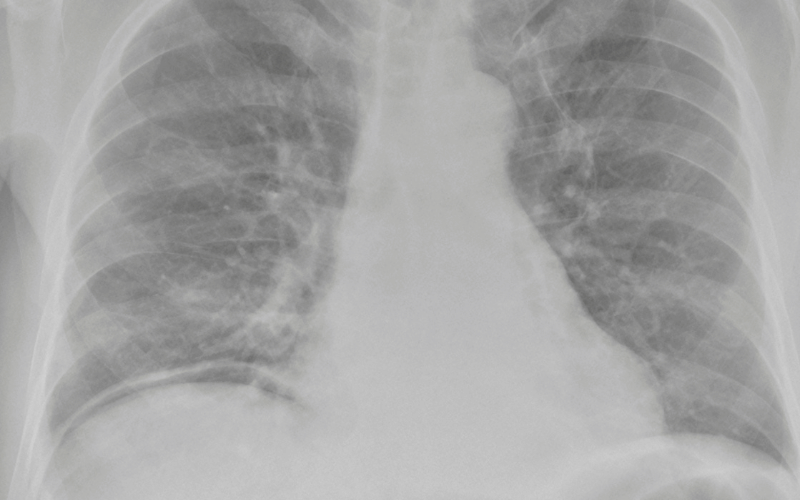Introduction: The Hidden Dangers of Pneumoperitoneum

In our quest to understand the intricacies of our bodies, we often come across terms and conditions that, though obscure, have significant implications on our health. Pneumoperitoneum, a term not commonly discussed outside of medical circles, refers to the presence of free gas or air within the abdominal cavity. It’s a condition that, while occasionally benign, can sometimes be an alarming sign of a more pressing medical emergency.
Pneumoperitoneum can occur for a variety of reasons. For some, it’s the aftermath of specific medical procedures, particularly laparoscopic surgeries. However, its spontaneous occurrence can signal something more dire, such as a rupture in the gastrointestinal tract. The latter can lead to the escape of air from within the intestines into the abdominal cavity. With the potential risks involved, understanding the symptoms associated with pneumoperitoneum becomes crucial.
Being informed is our first line of defense. This awareness not only facilitates early detection but can significantly improve prognosis and treatment outcomes. This article aims to shed light on this condition by discussing the top 10 symptoms associated with pneumoperitoneum, empowering readers with the knowledge to discern potential warning signs.
Symptom 1: Abdominal Pain

Abdominal pain stands tall as one of the most pronounced indicators of pneumoperitoneum. Those affected often describe the sensation as a sharp sting that seemingly appears from nowhere. This sudden onset of pain can be jarring and can fluctuate from being barely noticeable to unbearably intense. The key to understanding this symptom lies in recognizing the underlying mechanics at play.
When air infiltrates the abdominal cavity, it doesn’t remain stagnant. It moves, shifts, and places considerable pressure on the internal organs. Imagine a balloon being inflated within a confined space; the surrounding structures inevitably feel the strain. In the human body, this strain manifests as pain. Each organ reacts differently, but the overall sensation is one of discomfort and distress.
What sets this pain apart is its inconsistency. It may be continuous for some, a steady, unrelenting ache. For others, it’s intermittent, resembling waves of discomfort that come and go. This unpredictability can make diagnosis challenging. It’s not uncommon for individuals to dismiss the pain, attributing it to a more benign cause, like indigestion or muscle strain.
For healthcare professionals, the nature and description of the pain provide valuable insights. While numerous conditions can cause abdominal discomfort, the sudden and sharp quality of this pain, combined with other symptoms, can point to pneumoperitoneum. It’s crucial to communicate the onset, duration, and nature of the pain clearly to the physician.(1)